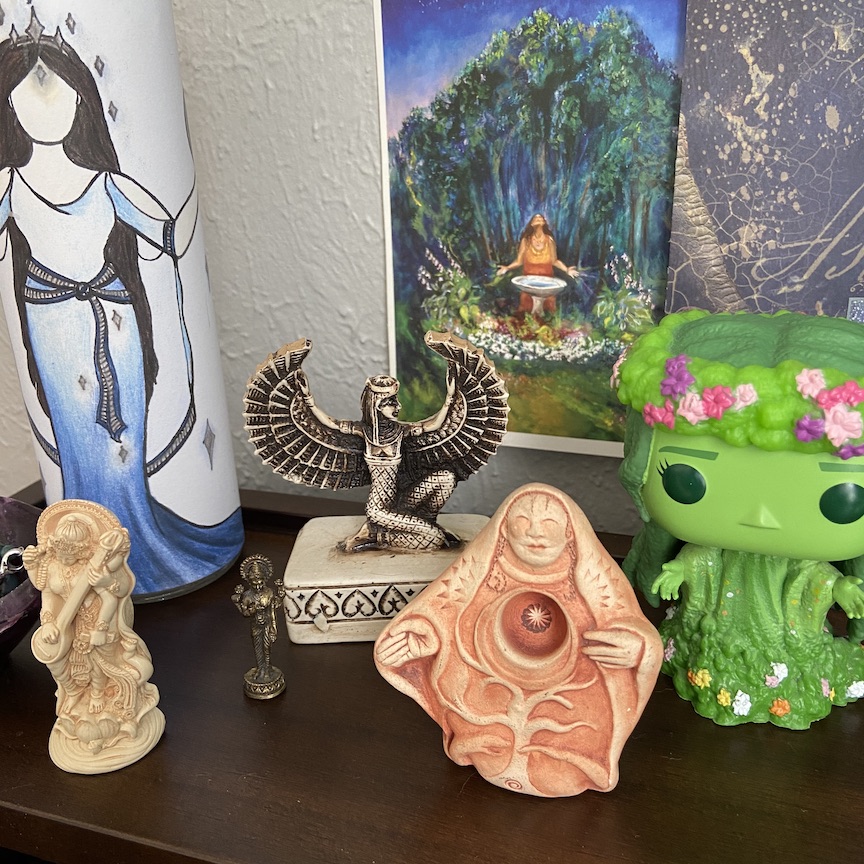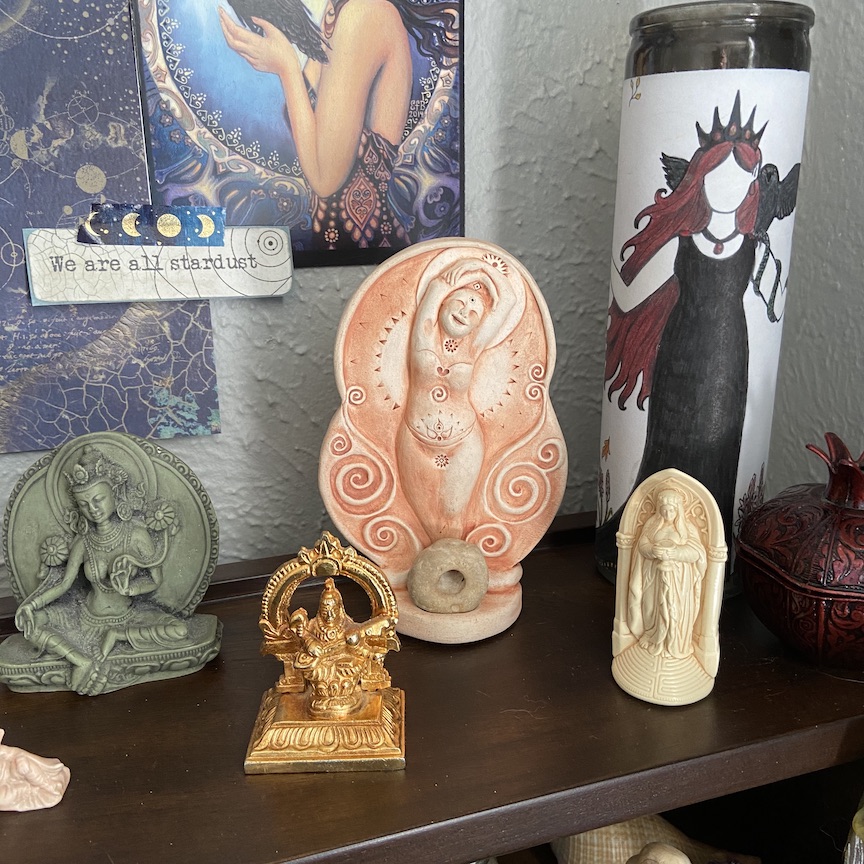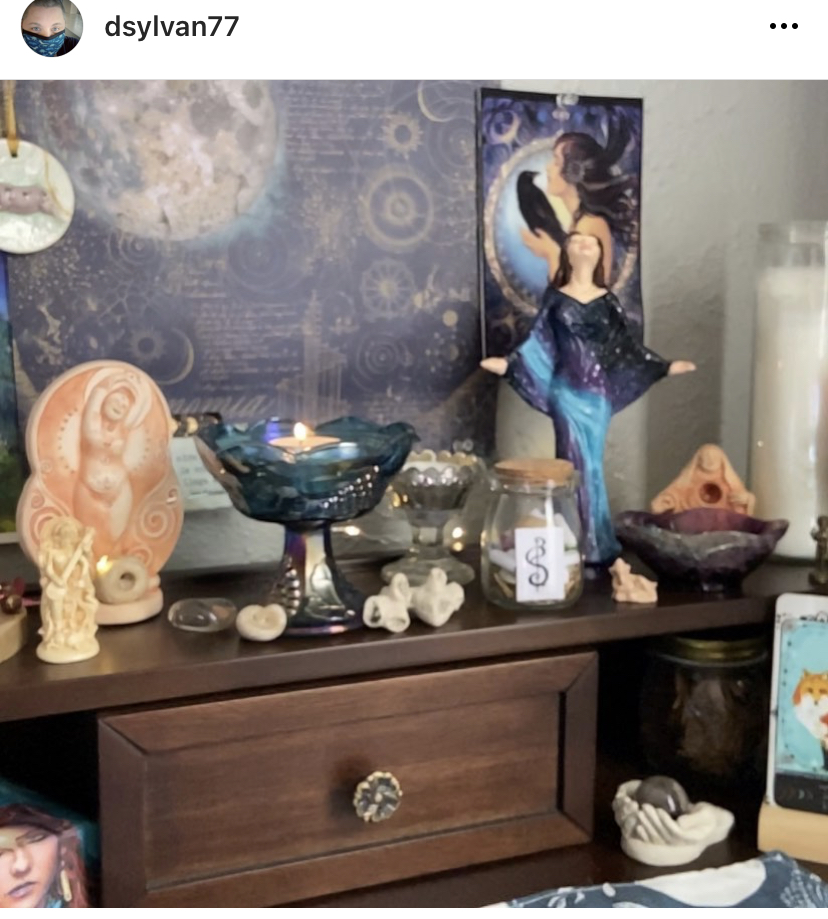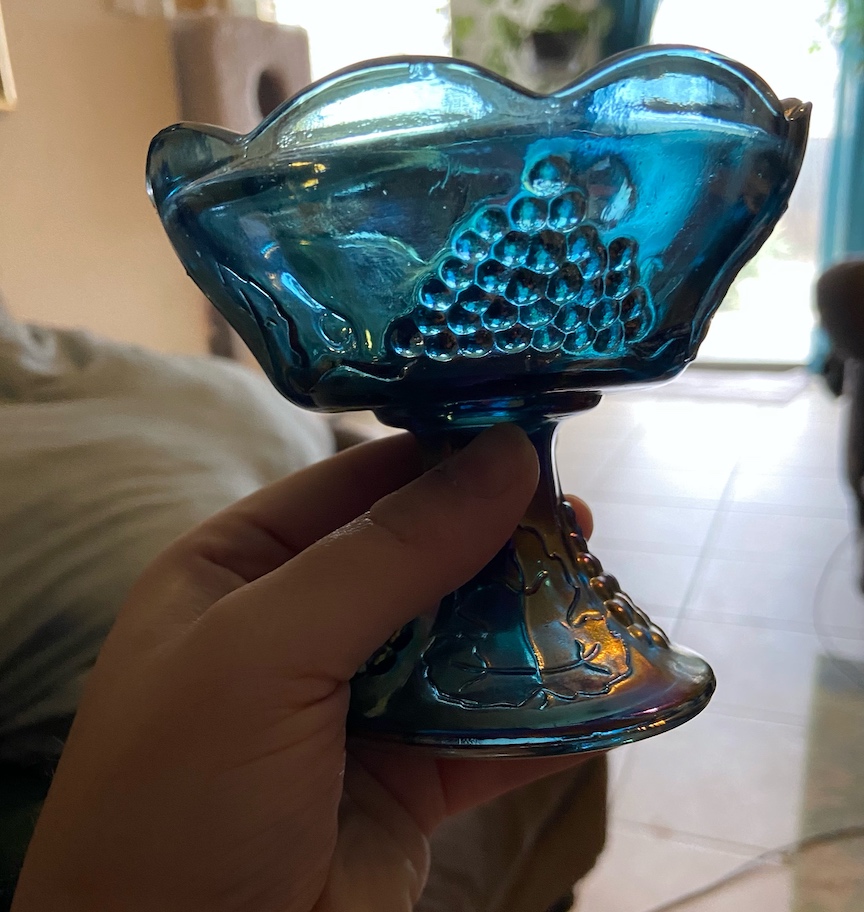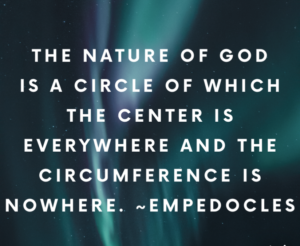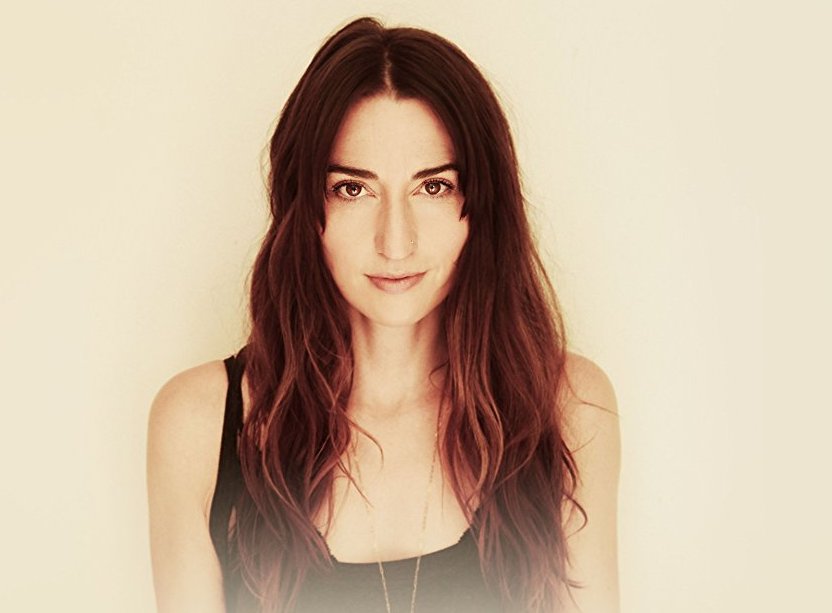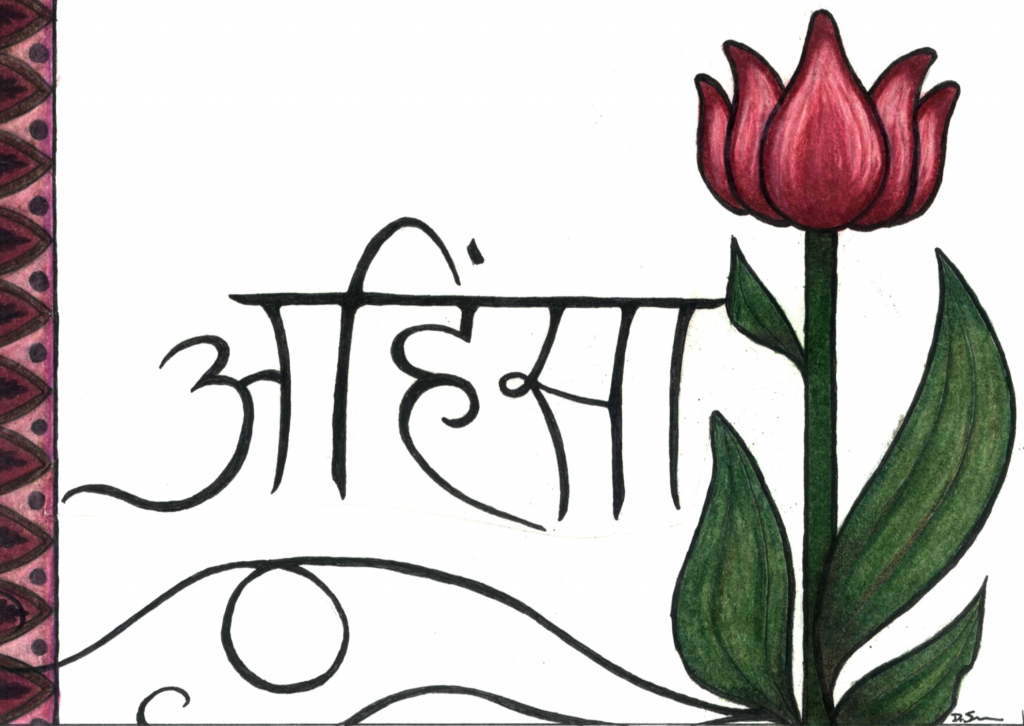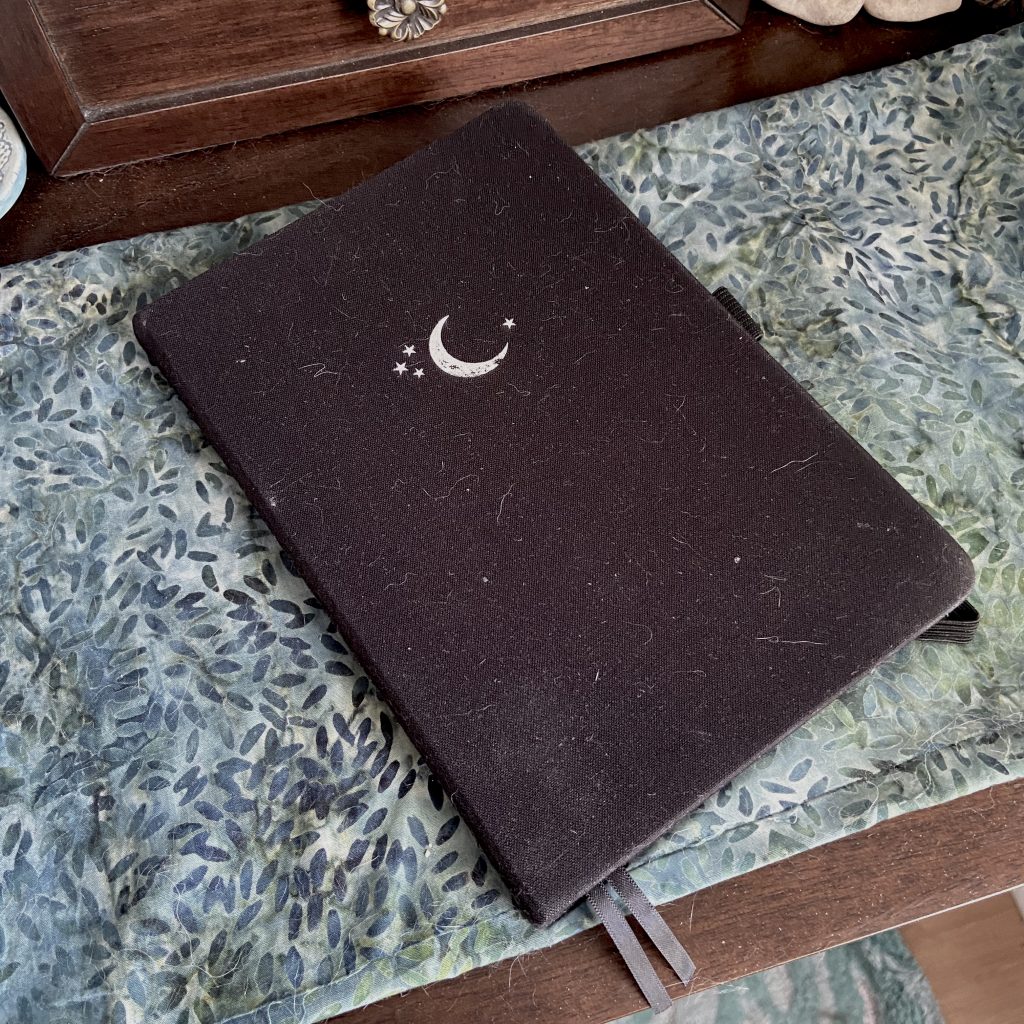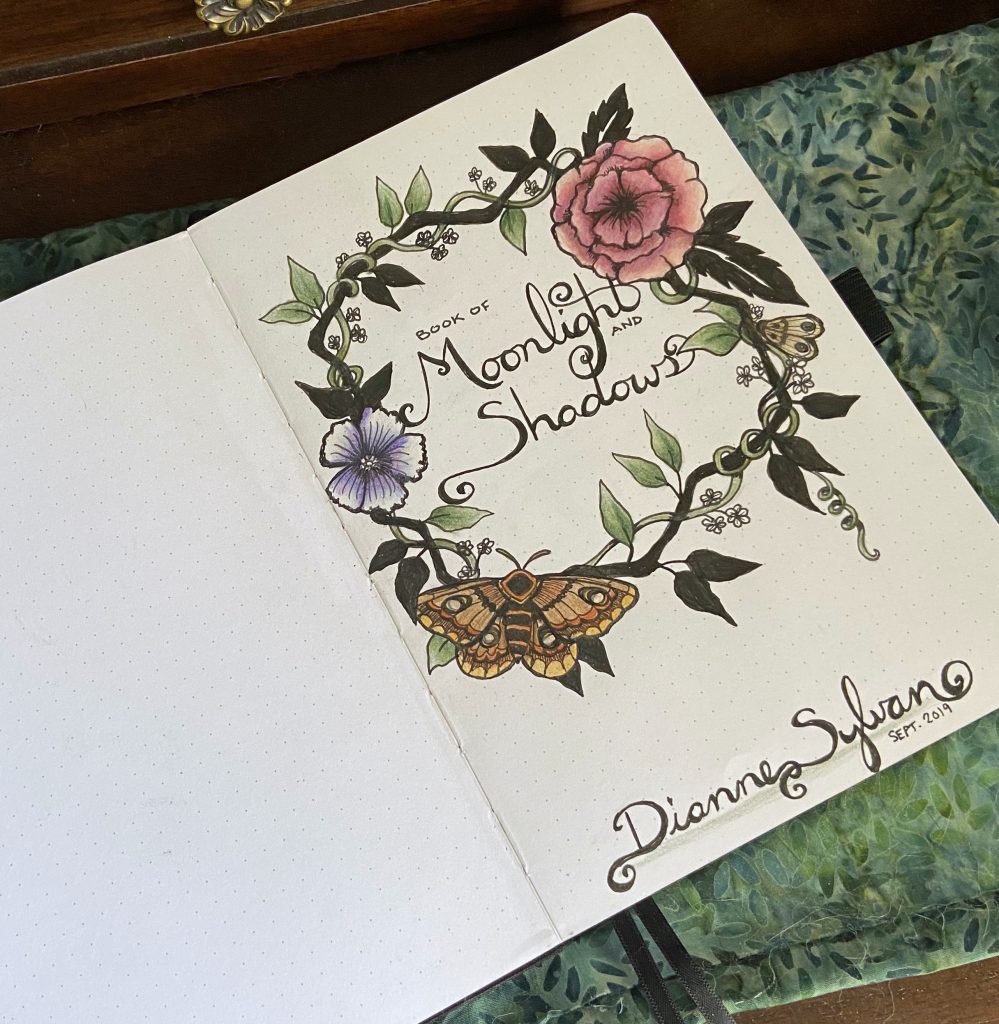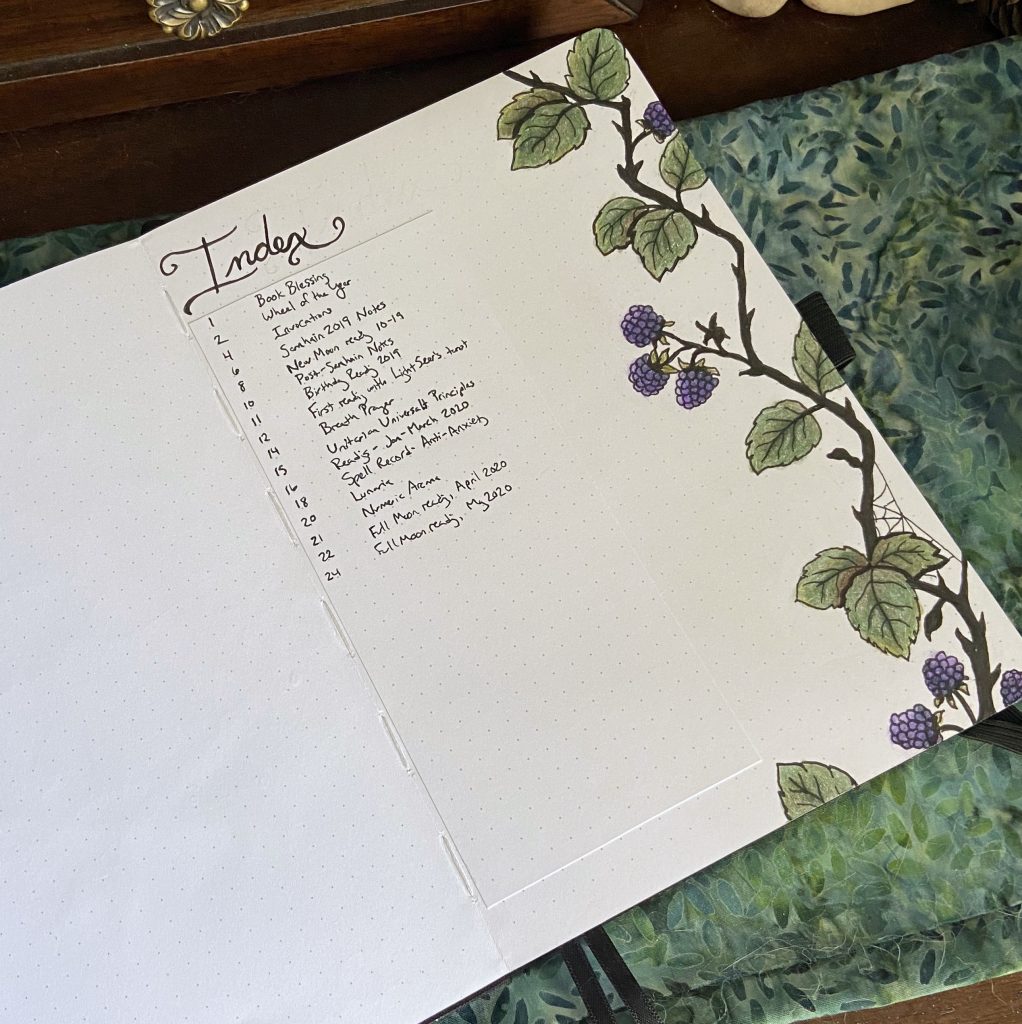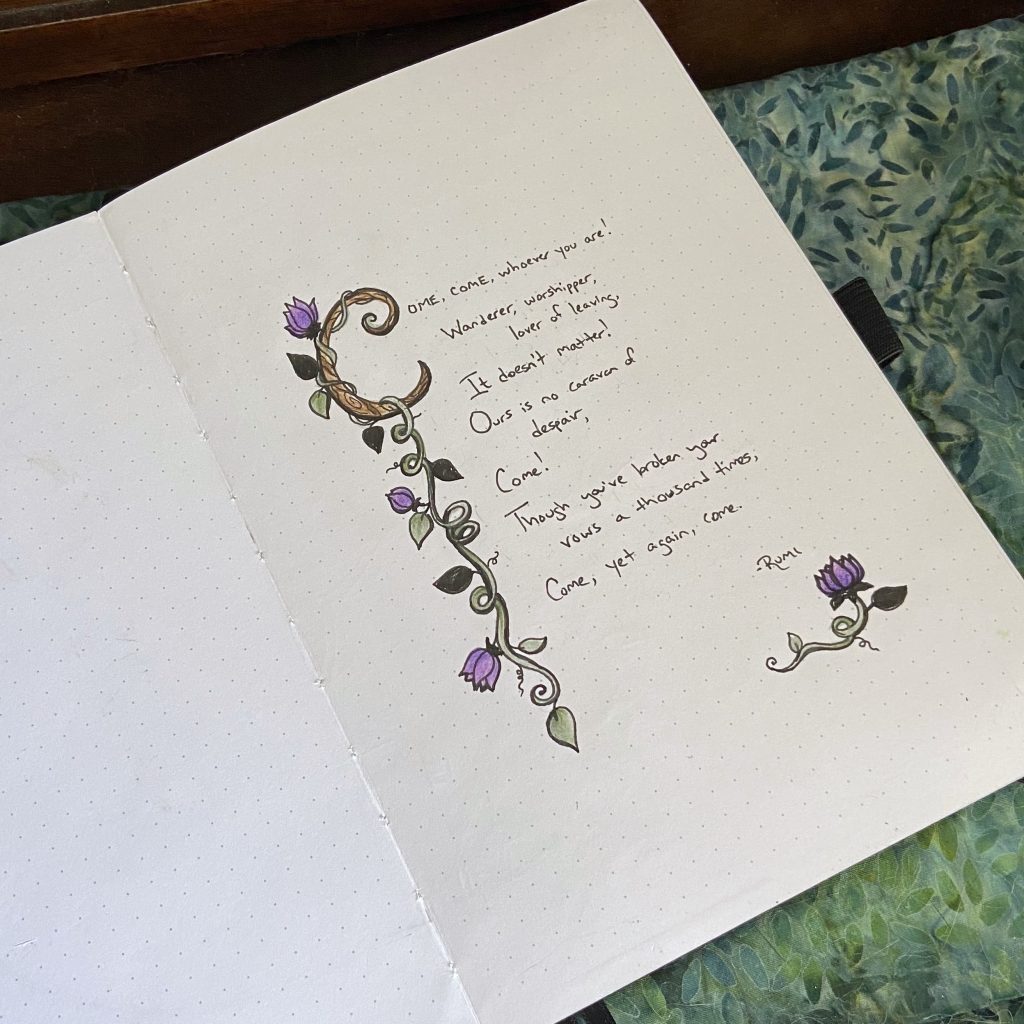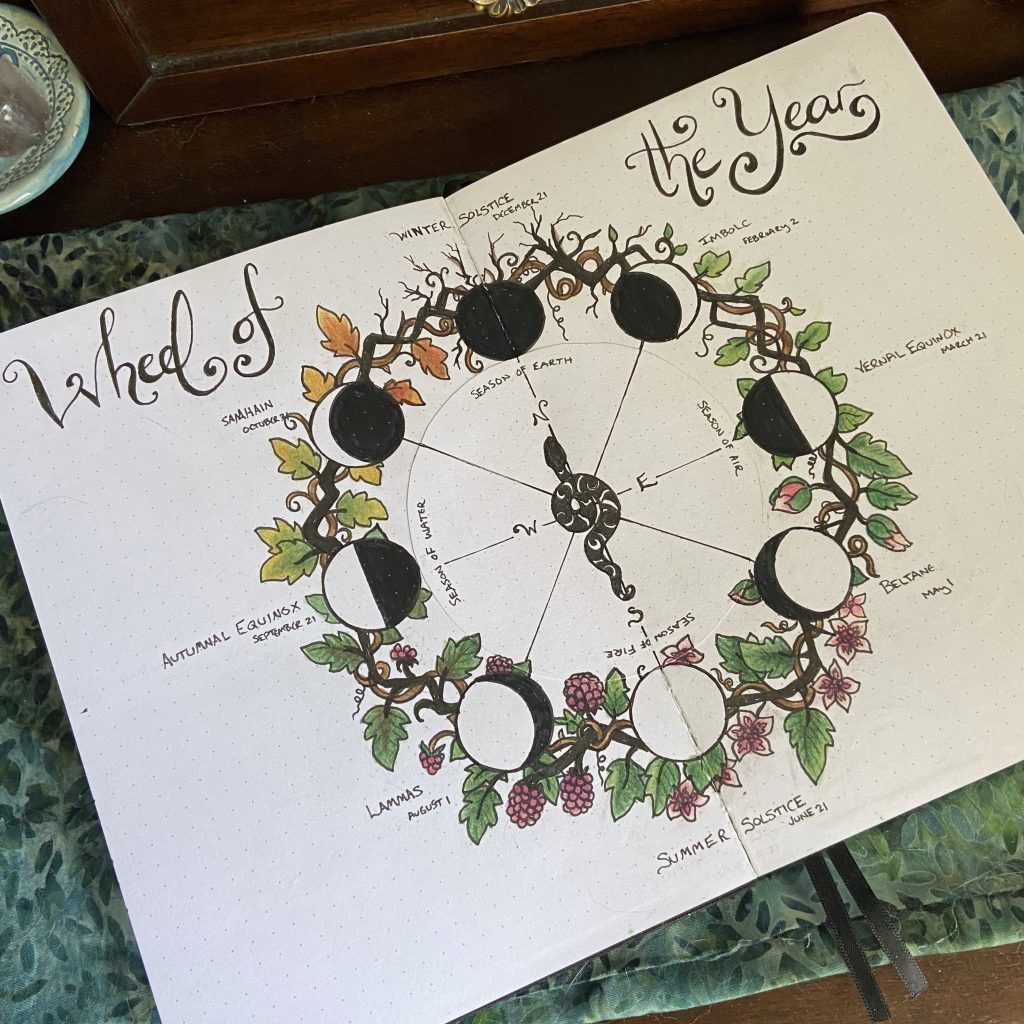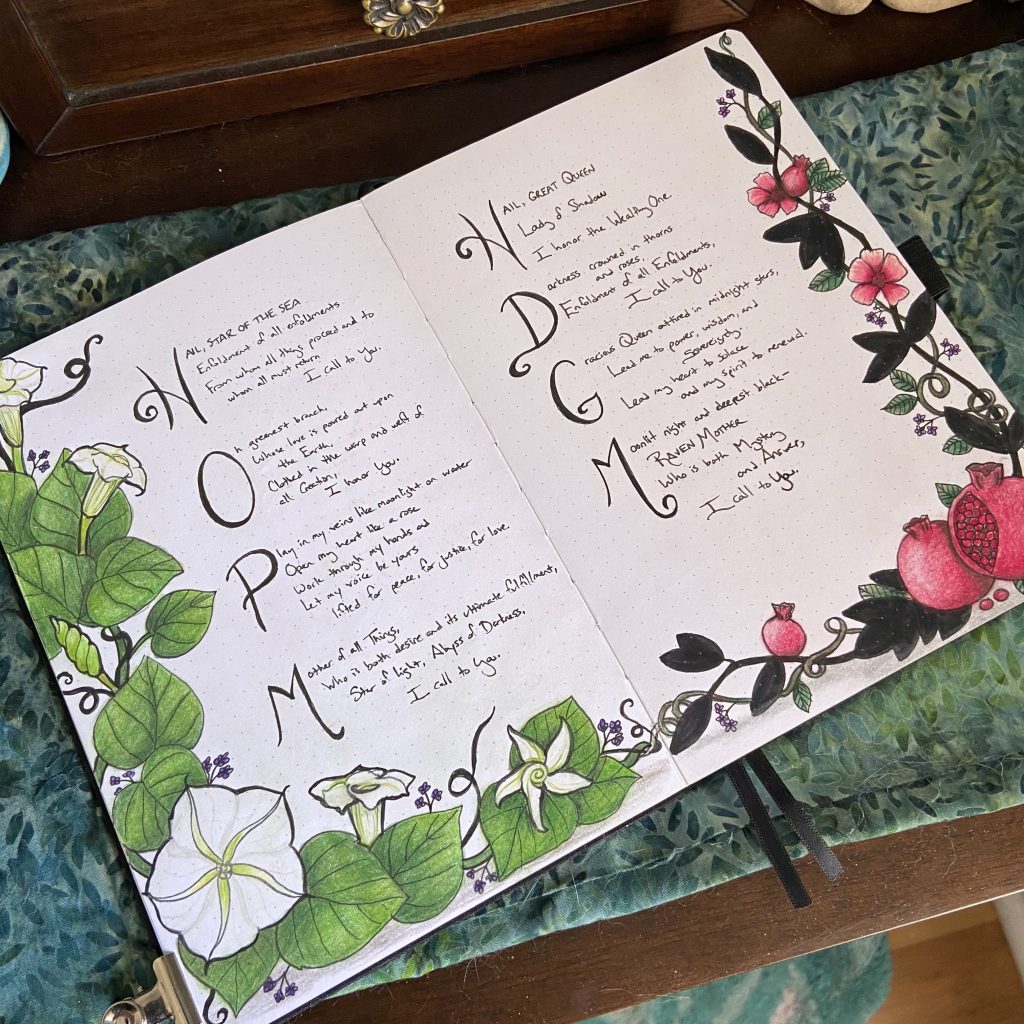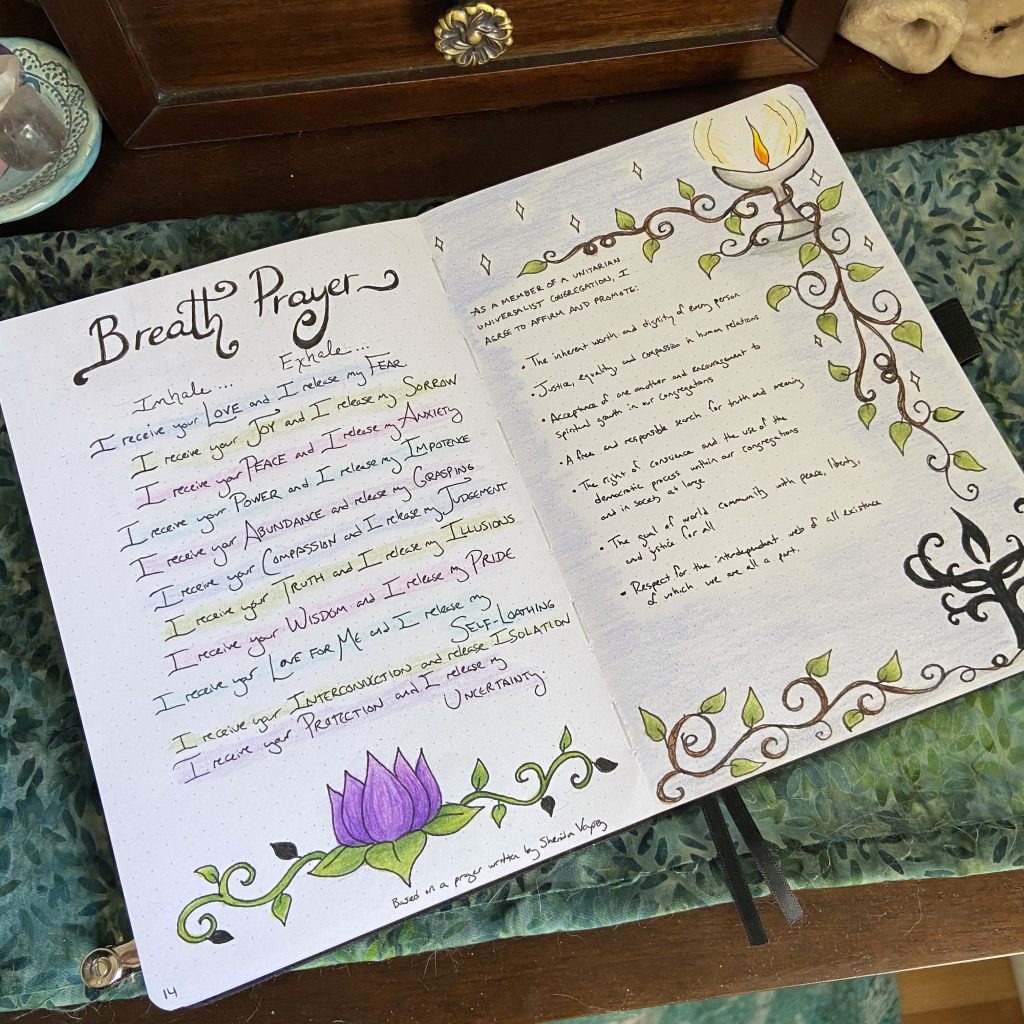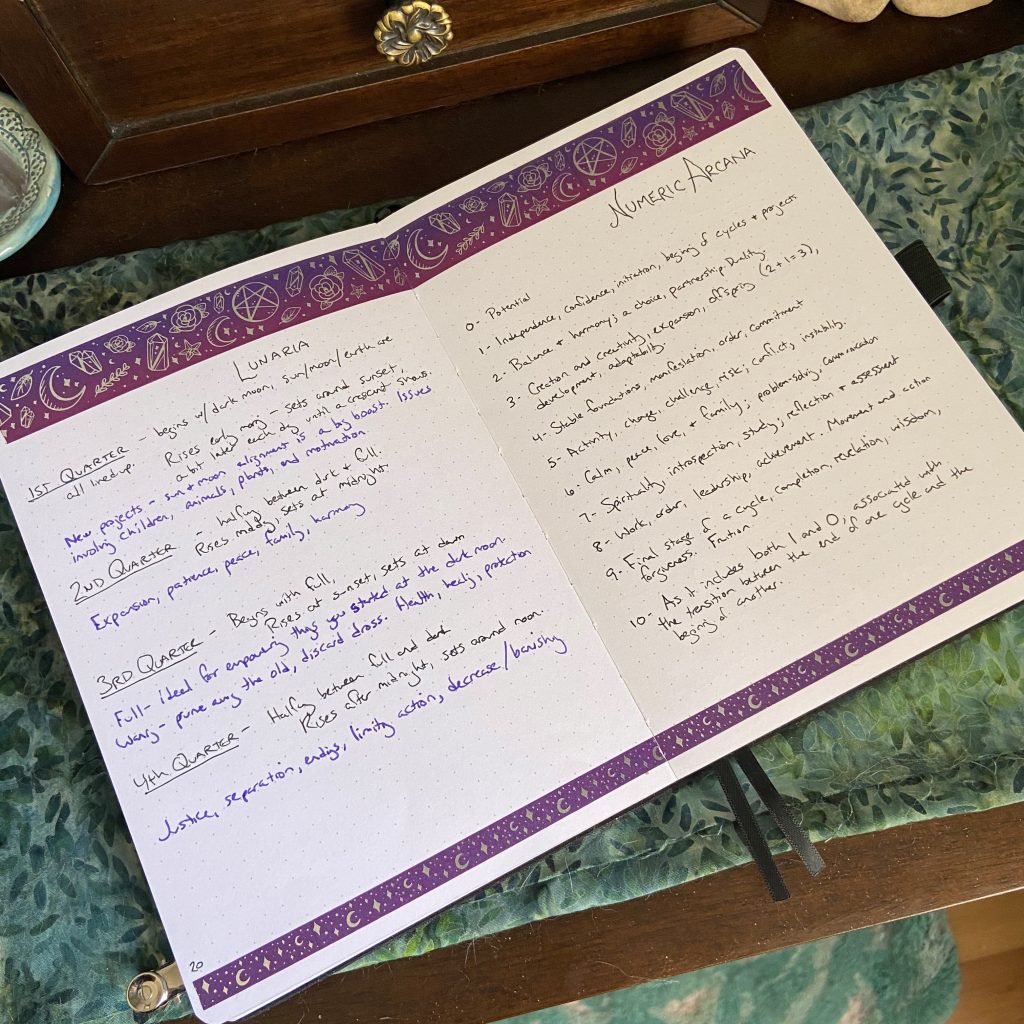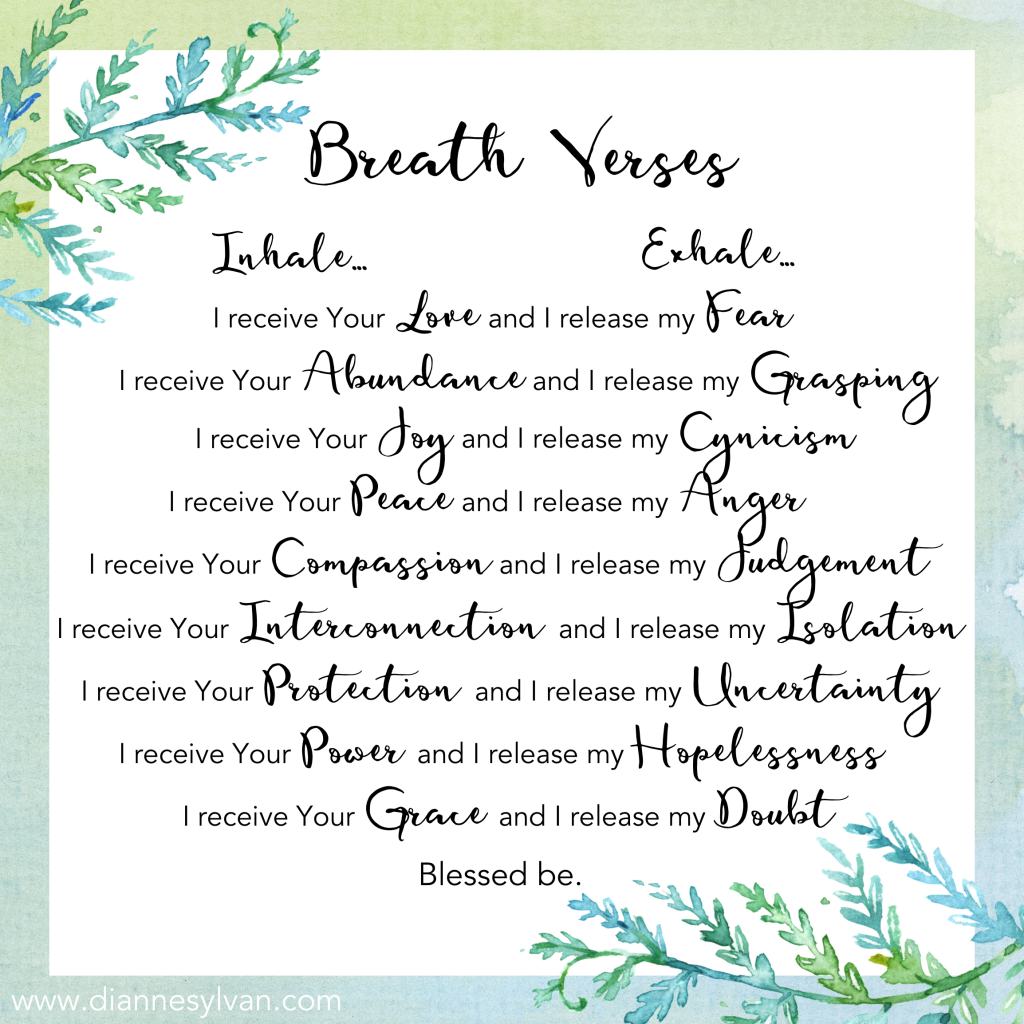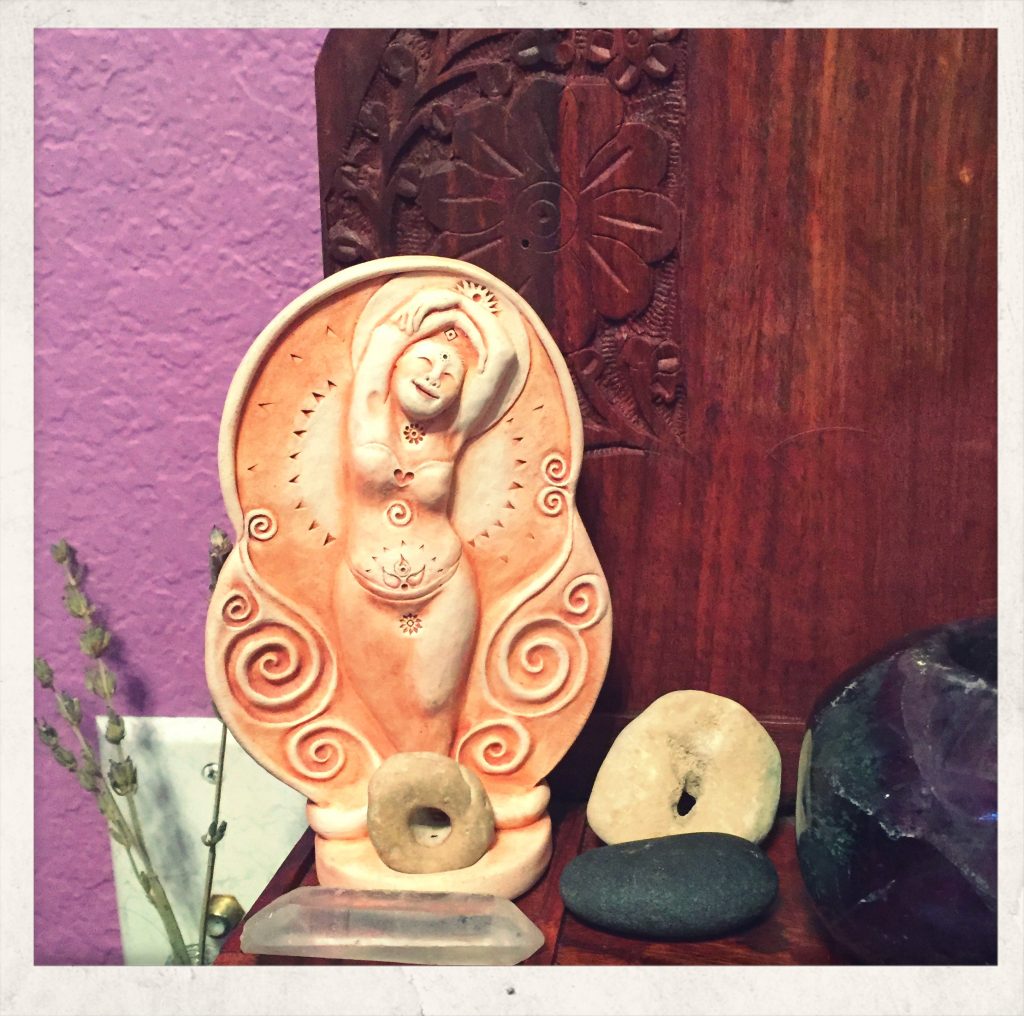A NOTE BEFORE WE BEGIN: I am about to put forth some no-doubt unpopular opinions about the religion of my 20s, and I want to make it clear that this is based on MY experience. I should not be considered an authority on Wicca, especially since it’s been a decade since I called myself one and I am not involved in the Pagan Community at all. I am absolutely sure Wicca has evolved since my time; I am basing this on my life mostly in the 00s, starting in the period of 1990s Pop-Wicca when Silver RavenWolf’s “Teen Witch Kit” caused so much pearl-clutching. I am not trying to be an iconoclast. I’m just trying to be true to what I’ve lived, in the hope that if you’re in a similar place you won’t feel alone. That said:
This past weekend brought the Pagan festival of Beltane, and I kept thinking, “I should write something about this.” But then I kept thinking, “I don’t want to write about a holiday I don’t like!”
That’s right, folks, allow me to introduce myself, a Pagan who hates Beltane.
If you don’t already know, Beltane is considered one of the high holidays, or Sabbats, of many NeoPagan traditions, including Wicca, which I practiced for well over a decade. It is a “cross-quarter” day that falls midway between equinox and solstice; Samhain, aka Halloween, is another. In fact Samhain and Beltane are the two biggest festival dates, possibly because they fall during times of the year when big festivals outdoors are be doable without heat stroke or frostbite.
That was problem one, I found – in a lot of places, including Western Europe where Wiccan festivals were codified as such, May is still part of Spring. Most of the natural symbolism and iconography didn’t really apply here in Texas where it is already 90 on May 1 and Spring is basically in the rearview mirror. Before I even got to the mythology involved I had to change out the correspondences.
Really though, Beltane was a fertility festival. Pagan or not you’ve surely seen a Maypole in you time, but you might not have realized it is, essentially, a giant beribboned dick that everyone dances around – symbolic phallus worship.
Oddly enough I did not find this practice appealing.
Nor have I ever been into the hyperfocus on sex – specifically heterosexual coitus – as this grand sacred end-all-be-all in my religion. My experience was that Wicca in general was way too sexualized, and the guiding myth by which the Goddess gave birth to the God and then…I’m not sure how it worked but She basically waited until He was grown, shagged Him, then bore Him again the next year…I found intensely distasteful, particularly through the lens of my own personal history. I was told “it’s just a story,” but aren’t the stories we tell about Deity kind of important? Don’t those concepts and symbols work their way into the bedrock of our belief system? If it’s “just a story,” why not stay “Christian” but say it’s not important whether Jesus was crucified or not, let’s just say he wasn’t, and died at 80 surrounded by fat grandchildren.
The ideal put forth by Wiccans was that the religion is feminist, or at least non-masculinist, but if you looked at the specific traditions established by Gerald Gardner, and many traditional lines formed from his ideas, it’s a little difficult to find that in practice. The emphasis was on heteronormative coupling – lots of it – and since Gardner was a naturist there was a lot of ritual nudity as “a sign that you are truly free.” The figure of the High Priestess was almost always depicted as a traditionally beautiful thin white woman who really, really loved the Great Rite.
Now, I learned very quickly that a lot of what considered itself Wiccan (including myself most of those years) only partly adhered to its original rituals. A lot of what I encountered was really more of a blend of Wiccan concepts with more feminist ideals, sometimes to the extreme of cutting out the God altogether. People still clung to the Wiccan label because that was what was popularized, and it gave groups and solitaires an identity to hang on to when the rest of the world was hostile toward any NonChristian belief structure.
But even with the most Goddess-heavy groups, the emphasis on female biology as her defining characteristic (Maiden, Mother, Crone – these are all based on stereotypically “feminine” stages of biological development) still placed limits, still established a cishet focus that at heart excluded anyone who wasn’t born with female organs or whose life stages did not progress according to the timeline, so, in yet another religion, the idea that humans are made in God’s image (or She in ours) did not apply to all women.
As you can tell I am not a fan of trans-exclusionary radical feminists. I don’t want to hear from them, like ever, thanks.
In my mind, religion is what you do with other people, and spirituality is what you do with God; in a lot of ways hanging onto a Wiccan identity was for me a way to connect with others even though my own practice and connection with Deity and nature bore very little resemblance and used maybe 40% of the rituals “everyone else” did.
I wrote an entire book about, let’s be honest, practicing Wicca without necessarily practicing all of Wicca. I really got into the idea that the religion was evolving and could be what we made of it. (I still believe this and I hope it has continued to evolve in my absence.) I also tried creating my own tradition, you might remember, and the coven I belonged to definitely had its own way of doing things that was…sort of Wiccan? But even before my crisis of faith and the decade of nothing that followed, I was already realizing that there’s only so far you can stretch a label before it tears apart.
One of the few really fun things about jettisoning the label was that I could drop the pretense that I was at all interested in many of the Sabbats. To be honest the only ones I celebrated on my own were the Equinoxes, Mabon and Ostara; I’m not really sure why those two in particular appealed to me more than the others, but they remain my favorites. If I were to hazard a guess I’d say that the liminality of them attracted me – they are each a precipice, a transition moment between the light and dark halves of the year, and my relationship with Deity was always and still remains centered around the concept of a Light and Dark face to Her/Him, corresponding with those halves.
The interplay of light and darkness is kind of my jam. I’m a double Scorpio with lifelong cyclical depression. I guess I was predisposed.
I could, if I wanted, try to reclaim Beltane for myself. That’s certainly something I would recommend exploring to anyone who has fallen out of love with their religious practices – dig down into the meaning of the holiday, all the myths involved, all the usual symbols, and consider ways in which the holiday might apply to your own life and beliefs. Beltane is a day of rising action, of burgeoning energy as the Light part of the year really gets going. It’s about tending those seeds planted earlier in the year and helping them grow and grow. It’s a waxing quarter Moon, a time of getting your ass moving.
It’s also a good time to look at the things you wanted to do with your year and re-evaluate what’s working and what isn’t. If that habit you tried to start back around Ostara didn’t get anywhere (six weeks being a typical fatigue time for humans when it comes to change, and the Sabbats each being six weeks apart), see if there’s a different way to look at it, a different method. It’s a time to course-correct after a few moments of fiery honesty with yourself.
Now, Beltane in the time of COVID-19 is a bit different. If you’re like me all the plans you made for 2020 have kind of fallen to shit in the last couple of months, and you’re at loose ends, or coming unraveled entirely. This whole societal experience has shown a lot of people what’s important and what isn’t; it might be a good time to make that list for yourself, and make some decisions about what you really, truly want to invest yourself in going forward and what really wasn’t that important to begin with.
For me, remaking Beltane to suit myself is one of those unimportant things. There may come a year when I’m ready to take on that challenge, but for now, I’m content to celebrate the Sabbats I really love, and say “Happy Beltane” to those who observe it, “Happy May Day” to those who don’t, and “I hope you and those you love are safe and well” to everyone reading this, may all manner of things be well.


